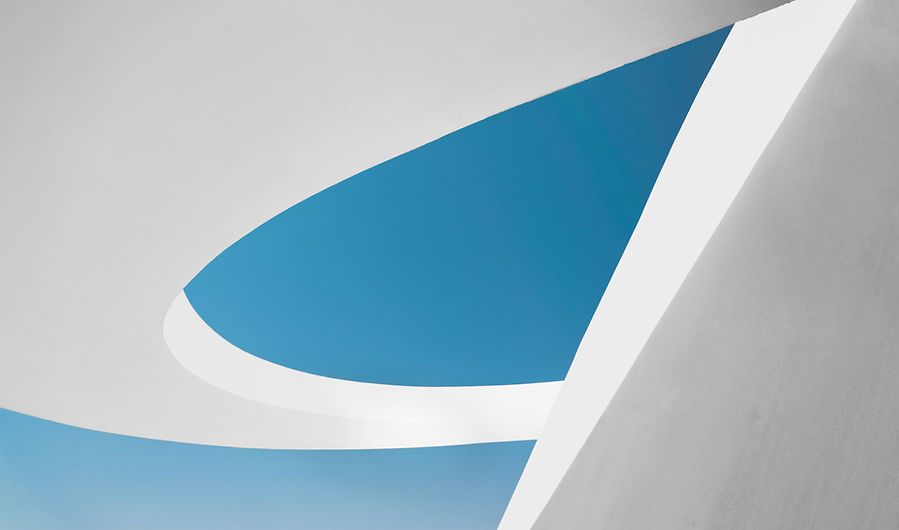Aeration

Proper aeration is essential for healthy aquariums, especially those with higher bio-loads or limited surface agitation. Oxygen exchange occurs mostly at the water surface, and aeration tools help enhance this by increasing surface movement and circulation. Here’s a breakdown of four common aeration methods.

Air Stone + Air Pump
Air stones are small porous devices made of materials like ceramic or limewood. When connected to an air pump, they release a steady stream of tiny bubbles that rise to the surface, improving oxygen exchange.
Pros:
-
Enhanced Surface Agitation: The rising bubbles increase movement at the water’s surface, allowing more oxygen to dissolve into the water and helping to release excess carbon dioxide.
-
Affordable and Accessible: Air stones and pumps are widely available, making them a common choice for new and experienced aquarists.
-
Customizable Options: Air stones come in many shapes and sizes, including discs, wands, and bars, which let you control the size and spread of the bubbles.
Cons:
-
No Filtration Capabilities: They do not clean or circulate water in a meaningful way beyond bubble movement.
-
Additional Equipment Required: Needs an external air pump, airline tubing, and often a check valve. Setup takes more steps than plug-and-play devices.
-
Noise Potential: Cheaper air pumps can produce vibrations or humming sounds, which may be distracting in quiet spaces.
Price Range: $10–$30 (includes stone and basic pump)
Sponge Filter
Sponge filters provide both aeration and biological filtration. Air from a pump pulls water through the sponge, trapping particles and creating a home for beneficial bacteria. They’re powered by the same air pump used for air stones.
Pros:
-
Dual Functionality: Offers aeration and biological filtration in a single device.
-
Gentle Flow: Ideal for fry, shrimp, and other species sensitive to strong water currents.
-
Excellent for Cycling and Quarantine Tanks: Easy to transfer between tanks and great for establishing beneficial bacteria in new setups.
Cons:
-
Bulky Appearance: Sits inside the tank and may not be aesthetically pleasing in aquascaped or display tanks.
-
Limited Mechanical Filtration: Sponge pores may not capture fine debris efficiently.
-
Still Requires a Pump: Like air stones, it needs tubing and an air pump.
Price Range: $10–$25 (plus air pump)
Decorative Bubblers
These devices combine decoration with aeration by releasing air bubbles through themed ornaments, such as volcanoes, castles, treasure chests, or cartoon characters.
Pros:
-
Adds Personality to the Tank: Fun and visually engaging, especially for children or themed aquariums.
-
Provides Oxygenation: Like air stones, it enhances surface agitation to help with oxygen levels.
-
Simple to Set Up: Uses standard air pump and tubing.
Cons:
-
Purely Aesthetic Beyond Aeration: Doesn’t offer filtration or significant circulation.
-
May Not Suit All Aesthetics: Can look out of place in natural or minimalist tanks.
-
Clogs Over Time: Requires periodic cleaning to prevent calcium buildup or algae growth.
Price Range: $10–$40 depending on design and size
Powerhead
A powerhead is a submersible motorized pump that moves water in a specific direction. Some include a Venturi valve to draw in air and mix it with the water stream, adding aeration.
Pros:
-
High Water Movement: Helps eliminate dead spots and promotes even heat and nutrient distribution.
-
Optional Aeration: The Venturi feature on certain models allows oxygen to be injected directly into the water flow.
-
Versatile Use: Can be used with undergravel filters or simply for circulation in larger or more complex aquariums.
Cons:
-
Too Strong for Some Species: Can overwhelm fish that prefer calm water, such as bettas or angelfish.
-
Visually Disruptive: Often bulky and industrial-looking.
-
More Expensive: Higher upfront cost and energy consumption compared to air-driven systems.
Price Range: $20–$80
Conclusion
Each aeration method serves a unique purpose, and your choice should depend on your tank’s size, fish species, aesthetic goals, and whether you also need filtration.
-
If you want simple, quiet oxygenation, an air stone works great.
-
For aeration + filtration in one, sponge filters are perfect.
-
For high flow and strong water movement, powerheads are the way to go.
-
And if you're looking to add a playful touch, decorative bubblers combine form and function.
